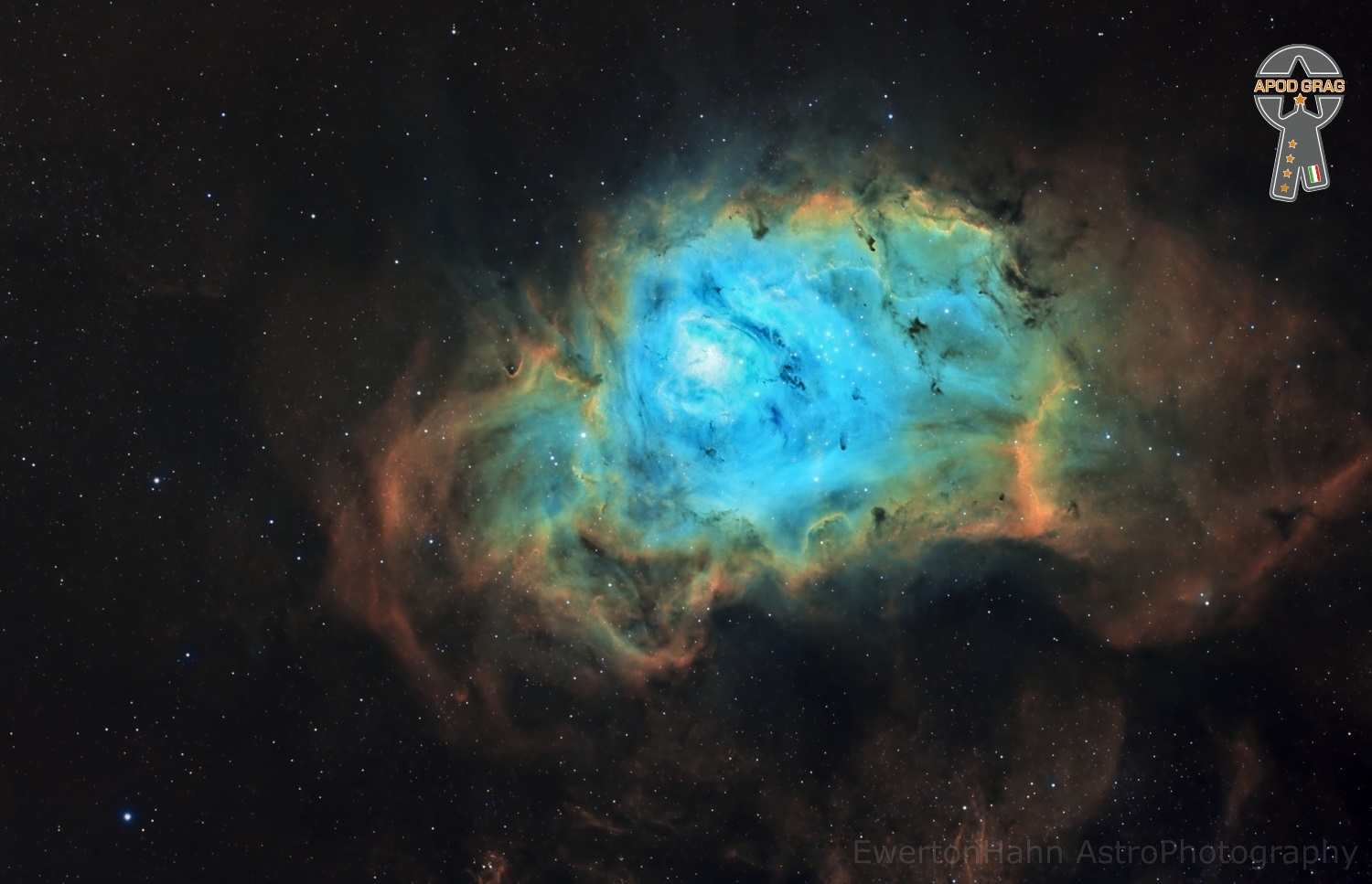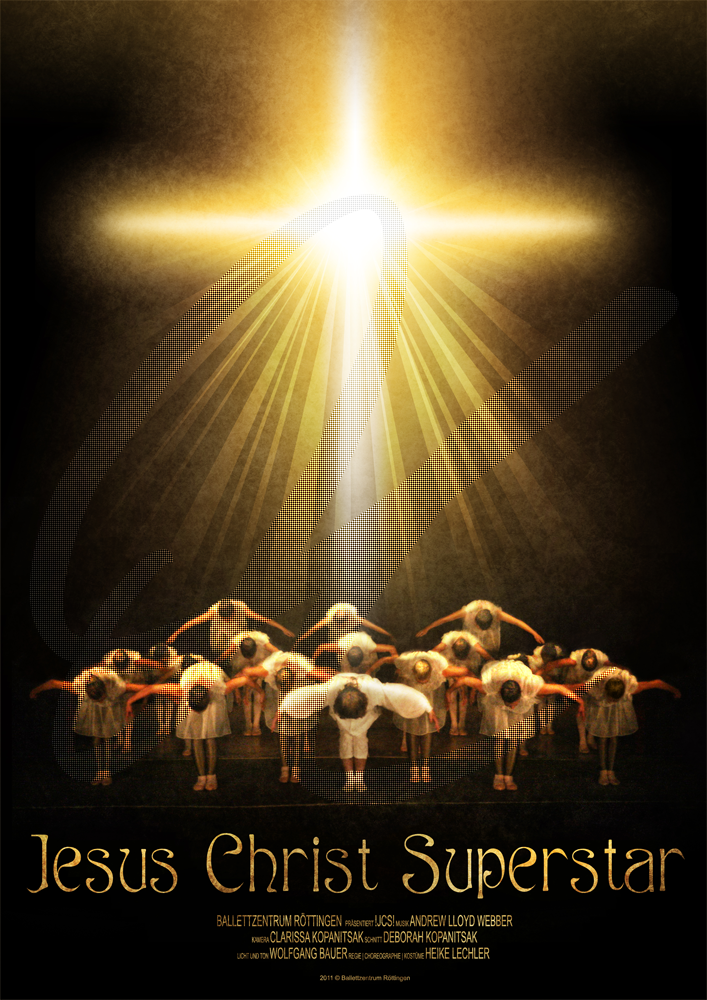Blog
Donald Johnson Ellis (July 25, 1934 – December 17, 1978) was an American jazz trumpeter, drummer, composer, and bandleader. He is best known for his extensive musical experimentation, particularly in the area of time signatures. Later in his life he worked as a film composer, contributing a score to 1971’s The French Connection and 1973’s The Seven-Ups.
Ellis was born in Los Angeles, California, on July 25, 1934. His father was a Methodist minister and his mother a church organist. He attended West High School in Minneapolis, MN. After attending a Tommy Dorsey Big Band concert, he first became interested in jazz. Other early inspirations were Louis Armstrong and Dizzy Gillespie. He graduated from Boston University in 1956 with a music composition degree.
more...Cornelius “Johnny” Hodges (July 25, 1907 – May 11, 1970) was an American alto saxophonist, best known for solo work with Duke Ellington‘s big band. He played lead alto in the saxophone section for many years. Hodges was also featured on soprano saxophone, but refused to play soprano after 1946. He is considered one of the definitive alto saxophone players of the big band era (along with Benny Carter).
After beginning his career as a teenager in Boston, Hodges began to travel to New York and played with Lloyd Scott, Sidney Bechet, Luckey Roberts and Chick Webb. When Ellington wanted to expand his band in 1928, Ellington’s clarinet player Barney Bigard recommended Hodges. His playing became one of the identifying voices of the Ellington orchestra. From 1951 to 1955, Hodges left the Duke to lead his own band, but returned shortly before Ellington’s triumphant return to prominence – the orchestra’s performance at the 1956 Newport Jazz Festival.
Hodges was born in the Cambridgeport neighborhood of Cambridge, Massachusetts, to John H. Hodges and Katie Swan Hodges, both originally from Virginia. After moving for a short period of time to North Cambridge, the family moved to Hammond Street in the South End of Boston, where he grew up with saxophonists Harry Carney (who would also become a long-term member of Duke Ellington’s big band), Charlie Holmes and Howard E. Johnson. His first instruments were drums and piano. While his mother was a skilled piano player, Hodges was mostly self-taught.
more...Semmangudi Radhakrishna Srinivasa Iyer (25 July 1908 – 31 October 2003) was an Indian Carnatic vocalist. He, and his two contemporaries G.N. Balasubramaniam and Madurai Mani Iyer, are together referred to as the 20th century male trinity of Carnatic music. He was the youngest recipient of the Sangeetha Kalanidhi awarded by the Music Academy in 1947 and has received many awards including Padma Bhushan and Padma Vibhushan from the Government of India, Sangeet Natak Academy award (1953), Isai Perarignar from Government of Tamil Nadu and Kalidas Samman from Government of Madhya Pradesh. He was affectionately addressed as “Semmangudi Maama” (Semmangudi Uncle) by his disciples. He was also considered the “Pitamaha” or the grand sire of modern Carnatic Music. He was conferred with an honorary doctorate by University of Kerala in 1979.
more...
JCSS last performance today Sunday July 24th by Theatre 55 at Caponi Art Park 5pm matinee. To date this has been the showcase production by Theatre 55. Van Nixon has created a compelling Jesus both moving and intriguing. And Patricia Browns choreography is vibrant. Confident and compelling music by Raymond Berg, Jamie Carter, Lyra Olson and mick laBriola.

more...
The Lagoon Nebula (catalogued as Messier 8 or M8, NGC 6523, Sharpless 25, RCW 146, and Gum 72) is a giant interstellar cloud in the constellationSagittarius. It is classified as an emission nebula and as an H II region.
The Lagoon Nebula was discovered by Giovanni Hodierna before 1654 and is one of only two star-forming nebulae faintly visible to the eye from mid-northern latitudes. Seen with binoculars, it appears as a distinct cloud-like patch with a definite core. Within the nebula is the open cluster NGC 6530.

Charles McPherson (born July 24, 1939) is an American jazz alto saxophonist born in Joplin, Missouri, United States, and raised in Detroit, Michigan, who worked intermittently with Charles Mingus from 1960 to 1974, and as a performer leading his own groups.
McPherson also was commissioned to help record ensemble renditions of pieces from Charlie Parker, on the 1988 soundtrack for the film Bird.
more...Billy Taylor (July 24, 1921 – December 28, 2010) was an American jazz pianist, composer, broadcaster and educator. He was the Robert L. Jones Distinguished Professor of Music at East Carolina University in Greenville, and from 1994 was the artistic director for jazz at the John F. Kennedy Center for the Performing Arts in Washington, D.C.
A jazz activist, Taylor sat on the Honorary Founders Board of The Jazz Foundation of America, an organisation he founded in 1989, with Ann Ruckert, Herb Storfer and Phoebe Jacobs, to save the homes and the lives of America’s elderly jazz and blues musicians, later including musicians who survived Hurricane Katrina.
Taylor was a jazz educator, who lectured in colleges, served on panels and travelled worldwide as a jazz ambassador. Critic Leonard Feather once said, “It is almost indisputable that Dr. Billy Taylor is the world’s foremost spokesman for jazz.”
Taylor was born in Greenville, North Carolina, United States, but moved to Washington, D.C., when he was five years old. He grew up in a musical family and learned to play different instruments as a child, including guitar, drums and saxophone. He was most successful at the piano, and had classical piano lessons with Henry Grant, who had educated Duke Ellington a generation earlier. Taylor made his first professional appearance playing keyboard at the age of 13 and was paid one dollar.
more...Jesus Christ Super Star presented by Theatre 55 performing @ Caponi Art Park 7pm weather permitting. Music with Raymond Berg, Jamie Carter, Lyra Olson and mick laBriola. Rain warning today and last show tomorrow at 5pm.

NGC 4921 is a barred spiral galaxy in the Coma Cluster, located in the constellation Coma Berenices. It is about 320 million light-years from Earth. The galaxy has a nucleus with a bar structure that is surrounded by a distinct ring of dust that contains recently formed, hot blue stars. The outer part consists of unusually smooth, poorly distinguished spiral arms.
In 1976, the Canadian astronomer Sidney Van den Bergh categorized this galaxy as “anemic” because of the low rate at which stars are being formed. He noted that it has “an unusually low surface brightness and exhibits remarkably diffuse spiral arms“. Nonetheless, it is the brightest spiral galaxy in the Coma Cluster. This galaxy is located near the center of the cluster and has a high relative velocity (7,560 km/s) compared to the mean cluster velocity. When examined at the 21 cm wavelength Hydrogen line, NGC 4921 was found to be strongly H I deficient, indicating that it is low in hydrogen. The distribution of hydrogen has also been deeply perturbed toward the SE spiral arm and is less extended than the optical disk of the galaxy. This may have been caused by interaction with the intergalactic medium, which is stripping off the gas via ram pressure. Some filaments of gas that have been stripped away are falling back to the galaxy, making NGC 4921 possibly the first observational evidence of this fallback.
On May 4, 1959, a supernova explosion was observed in this galaxy by M. L. Humason using a Schmidt telescope at the Palomar Observatory. It appeared “quite far from the center” of the galaxy, and reached an estimated peak magnitude of 18.5. The light curve proved similar to supernova SN 1987a in the Large Magellanic Cloud, and it displayed “unusual photometric behavior”.

Steve Lacy (born Steven Norman Lackritz; July 23, 1934 – June 4, 2004) was an American jazz saxophonist and composer recognized as one of the important players of soprano saxophone.[1] Coming to prominence in the 1950s as a progressive dixieland musician, Lacy went on to a long and prolific career. He worked extensively in experimental jazz and to a lesser extent in free improvisation, but Lacy’s music was typically melodic and tightly-structured. Lacy also became a highly distinctive composer, with compositions often built out of little more than a single questioning phrase, repeated several times.
The music of Thelonious Monk became a permanent part of Lacy’s repertoire after a stint in the pianist’s band, with Monk’s songs appearing on virtually every Lacy album and concert program; Lacy often partnered with trombonist Roswell Rudd in exploring Monk’s work. Beyond Monk, Lacy performed the work of jazz composers such as Charles Mingus, Duke Ellington and Herbie Nichols; unlike many jazz musicians he rarely played standard popular or show tunes.
Lacy began his career at sixteen playing Dixieland music with much older musicians such as Henry “Red” Allen, Pee Wee Russell, George “Pops” Foster and Zutty Singleton and then with Kansas City jazz players like Buck Clayton, Dicky Wells, and Jimmy Rushing. He then became involved with the avant-garde, performing on Jazz Advance (1956), the debut album of Cecil Taylor, and appearing with Taylor’s groundbreaking quartet at the 1957 Newport Jazz Festival; he also made a notable appearance on an early Gil Evans album. His most enduring relationship, however, was with the music of Thelonious Monk: he recorded the first album to feature only Monk compositions (Reflections, Prestige, 1958) and briefly played in Monk’s band in 1960 and later on Monk’s Big Band and Quartet in Concertalbum (Columbia, 1963).
more...Richie Kamuca (July 23, 1930 – July 22, 1977) was an American jazz tenor saxophonist.
Kamuca was born in Philadelphia, Pennsylvania, United States, and, like many players associated with West Coast jazz, grew up in the East before moving West around the time that bebop changed the prevailing style of jazz. His early playing, in what is generally considered the Lester Young style, was done on tour with the big bands of Stan Kenton and Woody Herman, where he became a member of the later line-ups of Herman’s Four Brothers saxophone section with Al Cohn and Bill Perkins.
Kamuca stayed on the West Coast, playing with the smaller groups of Chet Baker, Maynard Ferguson, Shorty Rogers, and others. He was one of the Lighthouse All-Stars in 1957 and 1958, and recorded with Perkins, Art Pepper, Jimmy Rowles, Cy Touff and many others in those years, as well as leading recording sessions in his own right.
Kamuca was a member of the group Shelly Manne and His Men from 1959 through 1962, when he returned East and settled in New York. Here he worked with Gerry Mulligan, Gary McFarland, and Roy Eldridge, before returning to the West Coast in 1972, where he recorded in the studios and performed with local groups.
Less well known to the general public than saxophonists like Stan Getz, who played in a similar Lester Young-derived style, Kamuca died of cancer, in Los Angeles, California, just before his 47th birthday.
more...William Thomas “Champion Jack” Dupree (July 23, 1909 or July 4, 1910 – January 21, 1992) was an American blues and boogie-woogie pianist and singer. His nickname was derived from his early career as a boxer.
Dupree was a New Orleans blues and boogie-woogie pianist, a barrelhouse “professor”. His father was from the Belgian Congo and his mother was part African American and Cherokee. His birth date has been given as July 4, July 10, and July 23, 1908, 1909, or 1910; the researchers Bob Eagle and Eric LeBlanc give July 4, 1910.
He was orphaned at the age of eight and sent to the Colored Waifs Home in New Orleans, an institution for orphaned or delinquent boys (about six years previously, Louis Armstrong had also been sent to the Home, after being arrested as a “dangerous and suspicious character”). Dupree taught himself to play the piano there and later apprenticed with Tuts Washington and Willie Hall, whom he called his father and from whom he learned “Junker’s Blues“. He was also a “spy boy” for the Yellow Pocahontas tribe of the Mardi Gras Indians. He soon began playing in barrelhouses and other drinking establishments.
more...Last Weekend of Jesus Christ Super Star presented by Theatre 55 @ Caponi Art Park. Featuring Van Nixon as Black Jesus. Music with Raymond Berg, Jamie Carter, Lyra Olson and mick laBriola.

more...
Beautiful spiral galaxy Messier 74 (also known as NGC 628) lies some 32 million light-years away toward the constellation Pisces. An island universe of about 100 billion stars with two prominent spiral arms, M74 has long been admired by astronomers as a perfect example of a grand-design spiral galaxy. M74’s central region is brought into a stunning, sharp focus in this recently processed image using publicly available data from the James Webb Space Telescope. The colorized combination of image data sets is from two of Webb’s instruments NIRcam and MIRI, operating at near- and mid-infrared wavelengths. It reveals cooler stars and dusty structures in the grand-design spiral galaxy only hinted at in previous space-based views.

More Posts
- The Cosmos with NGC 6914
- John Surman Day
- Kenny Dorham Day
- World Music with Emmanuel Jal
- Daily Roots with Bob Marley
- The Cosmos with NGC 4710
- Michael Jackson Day
- Dinah Washington Day
- Charlie Parker Day
- World Fusion with Bokanté
- Daily Roots with Channel One Sound System
- The Cosmos with the Karman Line
- Phil Seamen Day
- Kenny Drew Day
- World Music with the Gypsy Kings
- Daily Roots with Terry Linen
- The Cosmos with NGC 4622
- Alice Coltrane Day
- Lester Young Day
- World Music with Beginish